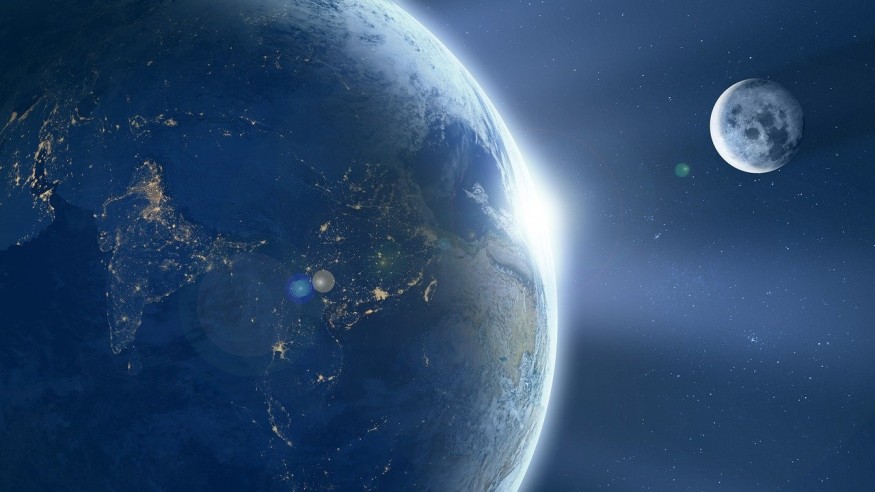
The only place in the Solar System that humans have set foot on so far is the lunar surface. The Moon plays a crucial role in life here on Earth, which makes scientists think that perhaps the presence of a moon could give clues to the habitability of a planet.
Earth's Moon is different from other moons that scientists have detected due to its distinctively large size with a radius larger than a quarter of the Earth's radius and much larger than any other moon. A new study now suggests that this distinct characteristic could be beneficial to life on a planet.
Moon Plays Crucial Role in Life on Earth, Determines What Makes A Planet Habitable
The Moon Influences Life on Earth
Despite being a distant object in the sky, the Moon has a great influence on life on Earth. Senior curator Dr. Tom White said that the Moon has been up in the sky for as long as evolution has been taking place, and lunar myths reveal the life cycles of many organisms.
National History Museum reported that the Moon influences life in three ways - time, tides, and light. Many animals rely on the Moon for navigation, timing their reproduction, and adapting to their environment.
Also, the circadian rhythm of humans adapts to the day ad night cycles driven by the Earth, orbiting around the Sun. But for some, the circalunar rhythms, which are linked to lunar cycles, have also become a thing. White explained that circalunar rhythms are observed in some organisms as their bodies respond to both circadian rhythm and lunar clock.
Moons Can Give Clue Whether A Planet Can Harbor Life
Earth and environmental sciences assistant professor Miki Nakajima from the University of Rochester said that the large size of Earth's Moon could give clues as to what makes a planet habitable.
In the study titled "Large Planets May Not Form Fractionally Large Moons," published in Nature Communications, Nakajima and colleagues examined moon formations and concluded that certain types of planets could form large moons with respect to their host planets.
Science Daily reported that researchers believe understanding moon formations could give new insights when searching for Earth-like planets. They found that rocky planets that are six times more massive than Earth and icy planets that are one Earth mass heavier than our planet produce fully vaporized disks that are not capable of forming large moons.
"As a result, we conclude that a complete vapor disk is not capable of forming fractionally large moons," the news outlet quoted Nakajima. "Planetary masses need to be smaller than those thresholds we identified in order to produce such moons."
Will Life o Earth Exist Without the Moon?
The tides caused by the gravitational pull of the Moon mirrors life itself. The Earth-Moon system reflects the early game of planetary billiards in the Solar System, according to Scientific American.
NASA JPL geodynamicist Bruce bills said that the tidal flow in oceans helps transport heat from the equator to the poles, and without them, it is unthinkable that climate oscillations from the ice age to interglacial would be less extreme than they are. He pointed out that tidal heat transfer could also mitigate climate fluctuations and influence evolution.
Ultimately, scientists believe that the disproportionately large Moon gave Earth an early tidal nudge to harbor life. More so, its gravitational influence ensures that the planet's axis and climate remain stable over long timescales.
RELATED ARTICLE: Behaviors of Animals and Plants Strongly Influenced by Gravitational Tides from Sun and Moon, Experts Confirmed
Check out more news and information on Moon in Science Times.












